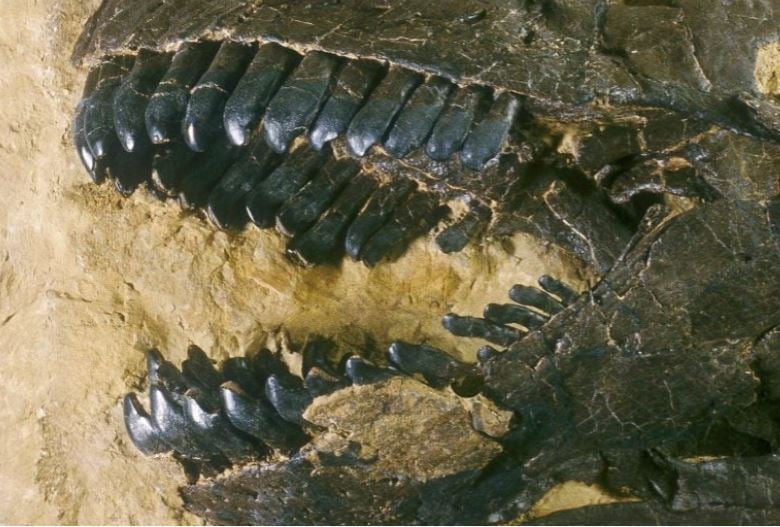
Teeth from a Camarasaurus, found in the Morrison Formation, USA, were also analyzed in this study. Source: Sauriermuseum Aathal
Scientists from the Universities of Göttingen, Mainz and Bochum have discovered that the atmosphere during the Mesozoic (about 252 to 66 million years ago) contained much higher levels of carbon dioxide (CO₂) than it does today. The team came to this conclusion after analyzing oxygen isotopes stored in dinosaur tooth enamel – the hardest and most durable biological substance, capable of preserving traces of the animals’ respiration tens of millions of years ago.
Isotope analysis shows that global photosynthesis – when plants convert sunlight into energy – was occurring at about twice the current rate. This unusual increase, the team says, may have helped shape the highly variable climate of the time of the dinosaurs. The results of the study have just been published in the journal PNAS.
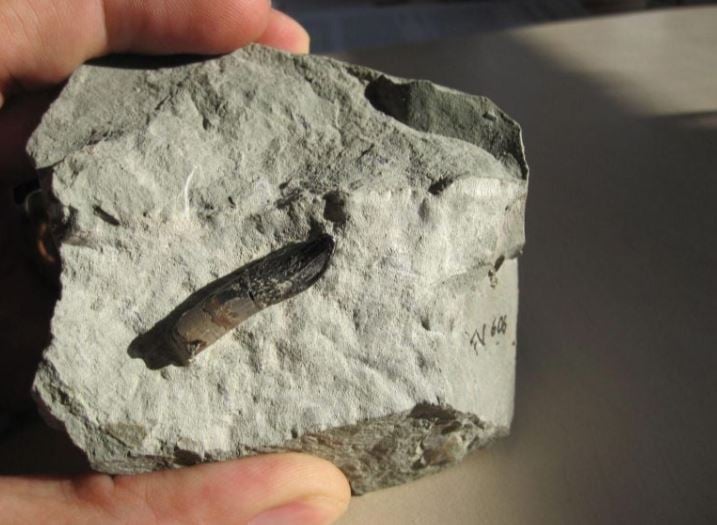
Teeth of Europasaurus, a Diplodocus-like dinosaur, found in limestone at the Langenberg quarry in the Harz Mountains were also analyzed in this study. Credit: Thomas Tütken
Unusually high CO₂ levels during the Jurassic and Cretaceous periods
Data from dinosaur teeth excavated in North America, Africa and Europe shows that at the end of the Jurassic period, about 150 million years ago, the atmosphere contained about four times more CO₂ than it did in pre-industrial times – before humans began emitting large amounts of greenhouse gases.
By the end of the Cretaceous, between 73 and 66 million years ago, concentrations were still three times higher than today. In particular, teeth from Tyrannosaurus rex and Kaatedocus siberi – a relative of Diplodocus – revealed unusual oxygen isotope compositions, suggesting that the CO₂ surge may have been linked to major volcanic events. One example is the Deccan Traps in India, which occurred at the end of the Cretaceous.
High CO₂ concentrations and rising average annual temperatures have driven more intense photosynthesis in both terrestrial and aquatic plants, contributing to changes in global ecosystems.

A tyrannosaur tooth – like the one analyzed in this study – was found in Alberta, Canada. Credit: Thomas Tütken
A turning point for paleoclimatology
Scientists have traditionally relied on carbonates in soils or “marine proxies” like fossils and chemical signatures in sediments to reconstruct ancient climates. However, these methods have been fraught with uncertainty.
The new research marks a breakthrough: for the first time, oxygen isotopes in fossil tooth enamel have been used as a direct tool to trace ancient terrestrial climates.
“Our method gives us a completely new perspective on Earth’s past,” said lead author Dr. Dingsu Feng from the Department of Geochemistry at the University of Göttingen. “It opens up the possibility of using fossil tooth enamel to study past atmospheric composition and plant productivity – which is extremely important for understanding long-term climate dynamics.”
According to Feng, dinosaur teeth are like special “climate scientists”: “More than 150 million years ago, they recorded climate traces in their tooth enamel – and only now can humans decode that message.”
Source: https://doanhnghiepvn.vn/cong-nghe/rang-khung-long-he-lo-bi-mat-thoi-co-dai/20250827041908616











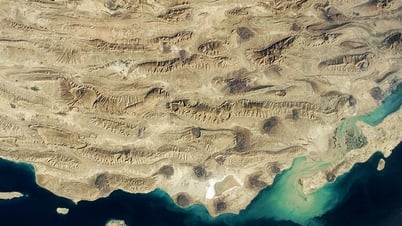
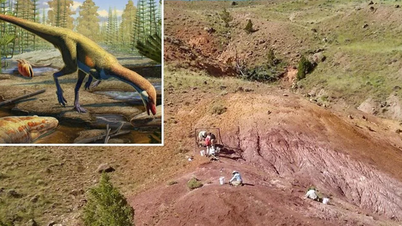




















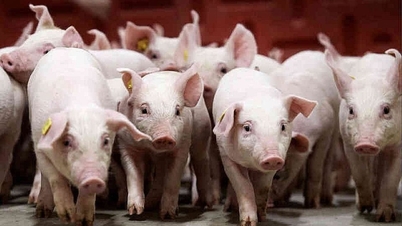


![[Photo] Worshiping the Tuyet Son statue - a nearly 400-year-old treasure at Keo Pagoda](/_next/image?url=https%3A%2F%2Fvphoto.vietnam.vn%2Fthumb%2F1200x675%2Fvietnam%2Fresource%2FIMAGE%2F2025%2F12%2F02%2F1764679323086_ndo_br_tempimageomw0hi-4884-jpg.webp&w=3840&q=75)
![[Photo] Parade to celebrate the 50th anniversary of Laos' National Day](/_next/image?url=https%3A%2F%2Fvphoto.vietnam.vn%2Fthumb%2F1200x675%2Fvietnam%2Fresource%2FIMAGE%2F2025%2F12%2F02%2F1764691918289_ndo_br_0-jpg.webp&w=3840&q=75)


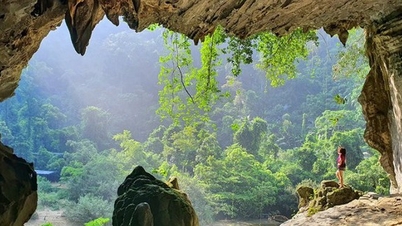


























































![[Infographic] 3 timelines of the "Quang Trung Campaign"](https://vphoto.vietnam.vn/thumb/402x226/vietnam/resource/IMAGE/2025/12/04/1764800248456_fb_ava-2.jpeg)













Comment (0)